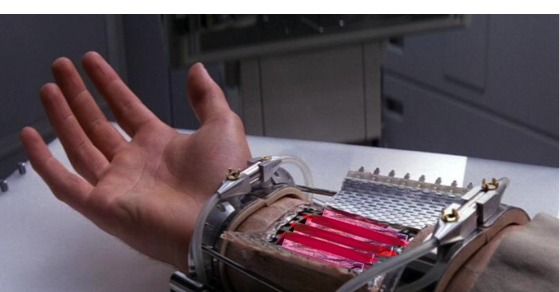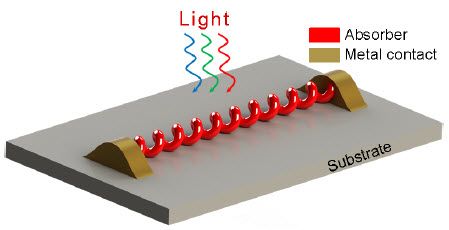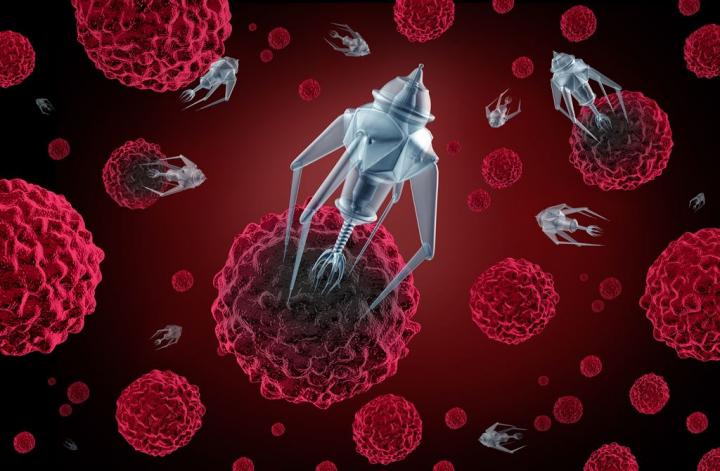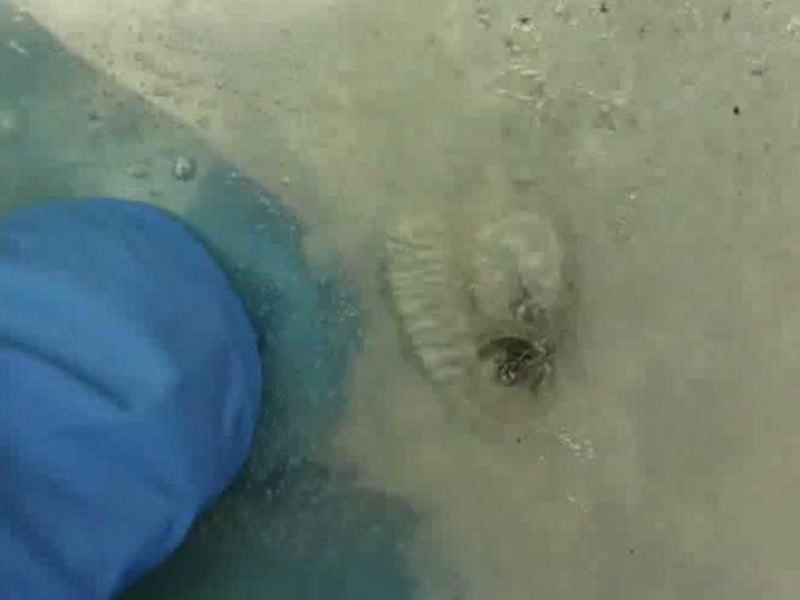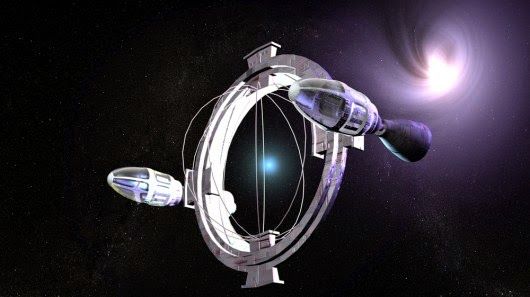Sep 15, 2015
Nanoscale Solar Cells Outperform Traditional Technology
Posted by Shailesh Prasad in categories: computing, information science, materials, nanotechnology, solar power, sustainability
Scientists have designed a novel type of nanoscale solar cell. Initial studies and computer modelling predict these cells will outperform traditional solar panels, reach power conversion levels by over 40 percent.
Solar power cells work through the conversion of sunlight into electricity using photovoltaics. Here solar energy is converted into direct current. A photovoltaic system uses several solar panels; with each panel composed of a number of solar cells. This combines to create a system for the supply usable solar power.
To investigate what is possible in terms of solar power, the researchers have examined the Shockley-Queisser limit for different materials. This equation describes the maximum solar energy conversion efficiency achievable for a particular material, allowing different materials to be compared as candidates for power generation.

